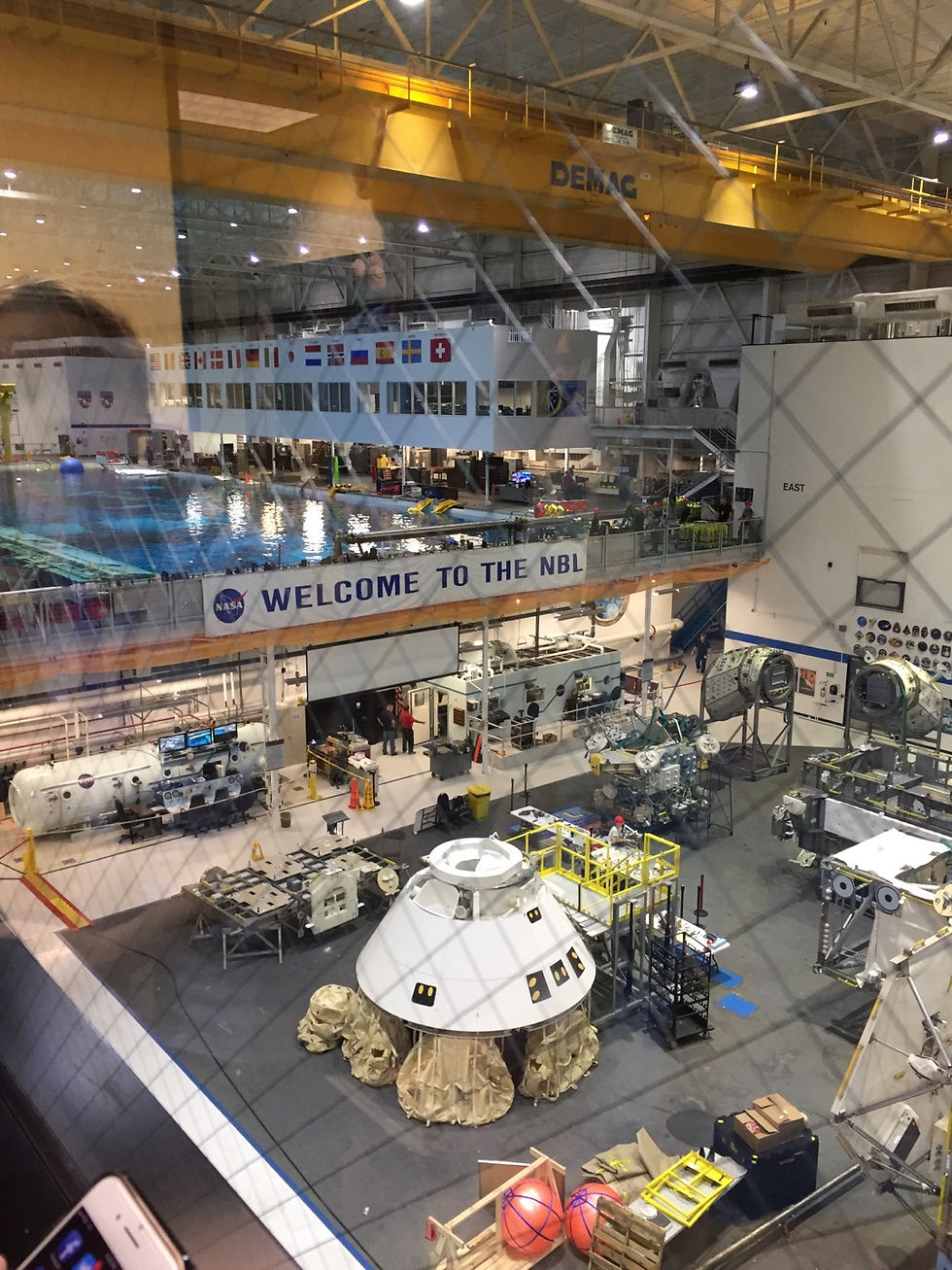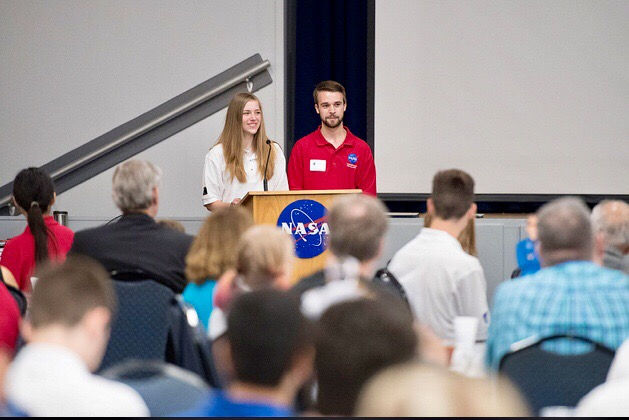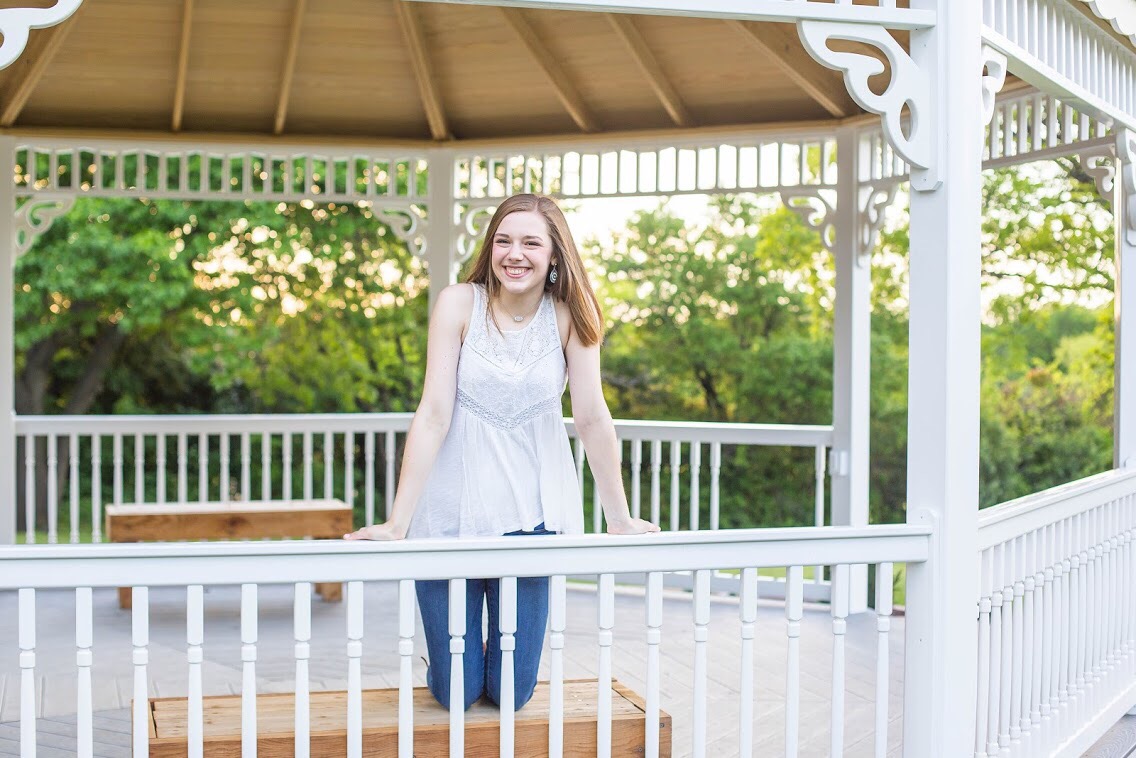nasa high school aerospace scholars
- Katie Mulry
- Sep 12, 2019
- 5 min read
If you're a Texas high school junior and want to intern with NASA, this post is for YOU!
NASA Johnson Space Center runs a program called High School Aerospace Scholars (HAS), and applications opened today for students who live in Texas and are high school juniors. Their website is www.nasa.gov/has if you just want to apply or watch their videos to learn more, but I'll tell you a bit too!
I did HAS two years ago during my junior year. I have so many incredible stories from it, and I'll go into some of that here, but I really want to illustrate how influential this program is. Before I did HAS, I knew I wanted to be an astronaut, but had absolutely no idea what STEM field to explore to get there. All I knew was this: I didn't have what it took to be an engineer.
Let me say that again: I didn't think I had what it took.
Then I did HAS, and guess what my major is now? Aerospace engineering. That's right. Because I can do that, and you can too-- or science, or programming, or NASA communications, or literally anything. One of the most important things HAS taught me was that there's a place for everyone at NASA, and that included me.

So if you apply, what exactly are you getting yourself into? Well, the application itself will require an essay and a rec letter, along with some other fun stuff. (Pro tip: keep that essay in your applications folder for college apps next year!)
You'll hear back if you got in around November 1. Then you'll get access to the first part of the program: the online course. It's a four-month course that you can actually get counted as a science elective credit at your high school! (Because of this, I was in nine classes junior year— the seven periods of normal school, this, and zero hour cross country— so if you're worried about time commitment, it is totally doable!) Each month is a different part of a Mars mission. The first is getting there and deals with the actual transportation to Mars and the challenges of space travel. The second is Discovering There; the third Exploring There; the fourth Living There. Each module has four sub-parts, and each focuses on a different part of STEM. There's a quiz for each part and a test due at the end of each module. They give you a suggested calendar where you complete one of the STEM parts each week. I'd recommend doing that!
So what does the class actually look like? It's a lot of articles and videos about NASA and their plans. They walk you through everything you need to know, and it was all so fascinating that I didn't feel like I was doing any work. I learned about so many technologies NASA uses and so much of their research, and by the time I made it to onsite, I had a good basis to start on our project. Each week has a different assignment, so some are filling out worksheet-type activities with the Drake Equation or airplane rations, some are online and writing based activities like using this Mars map to pick and name a landing site, and some are physical projects like engineering a mini zipline and refining your design.
The whole year builds to the selection of the onsite portion. The selection criteria and competitiveness is not entirely clear online or even once you get there, so the recommendations I'd give to get into onsite are to do all of your work and to do good work, to contact your reviewer if you have a do-over (some allow one!), and to keep on top of deadlines. Put some energy into it and show them that you want to be there! They'll pick around 200 people to go to onsite, around 40 per week, although the numbers can vary. You'll preference your week to go to Houston, get sorted onto a team, and have some team activities to do before you go.
And then, during the summer, you get to spend a week at NASA! They'll pay for your travel, lodging, and everything, and if you fly in, they pick you up at the airport with a NASA sign. You stay at the hotel right by NASA and every morning the NASA shuttles pick you up, drive you past Rocket Park, and drop you off at the HAS building.

During the week, you plan a human Mars mission in four teams. Each team has a different part of the mission corresponding to one of the four modules (so keep your notes!) and different projects within that. There are other projects that everyone completes: building and driving a Lego robot, constructing and testing a "lander" to drop in the lobby of a building at UH Clearlake, and making and launching your own rocket. There are so many roles and positions within each team and between teams. I researched the science components of the mission (@ the Sabatier reaction and MOXIE), helped build our team's main project, and served on video team. They also pick two students at the end of the week to give a speech at commencement about HAS, so I got to do that too! Each role taught me something new and I loved all of them in their own ways.

You also get the opportunity to tour NASA facilities. We saw Building 29 (avionics and wearable computing), the NBL, Rocket Park, the Longhorn Project, Space Center Houston, and Mission Control. Building 29 was especially memorable because there were astronauts in there when we walked in! They were wearing their full flight suits and doing a human-in-the-loop test with the avionics equipment, allowing the engineers to see the user-friendliness and practical functionality of their systems. I just remember making eye contact with one of the astronauts and feeling my heart rate spike, and the only thought in my mind being, this is what I want to do.

That moment, and that whole week at HAS, confirmed my dream to be an astronaut, but it also exposed me to the wide range of other opportunities within NASA. They teach you a lot about internships and their co-op program, so it's great exposure to your next steps to working there. I actually applied for Pathways the other day and it was the most exciting thing to know that I learned about it then and now am eligible to actually do what I've dreamed of! But that's just been every day lately— college is beautiful because I know in every moment that I'm one moment closer to my dream, and then that moment is my dream. And HAS is honestly one of the reasons I'm here.
So if any of that sounds good to you, check out that link again: www.nasa.gov/has. Drop a comment or send a message if you've got other questions. HAS really was incredible and I hope if you apply that you love it as much as I did!





Comments